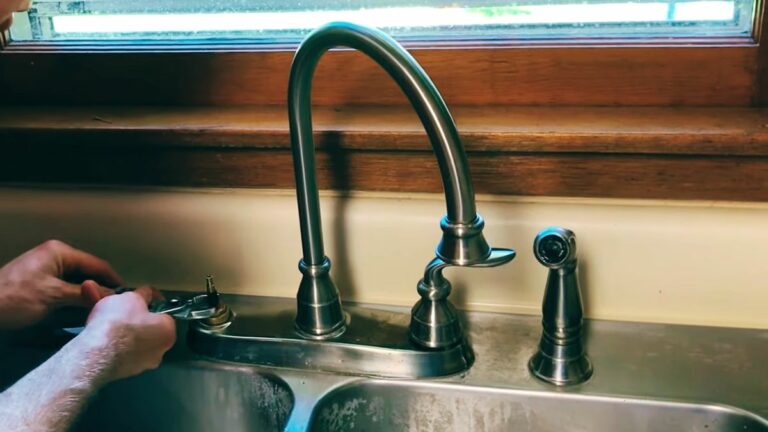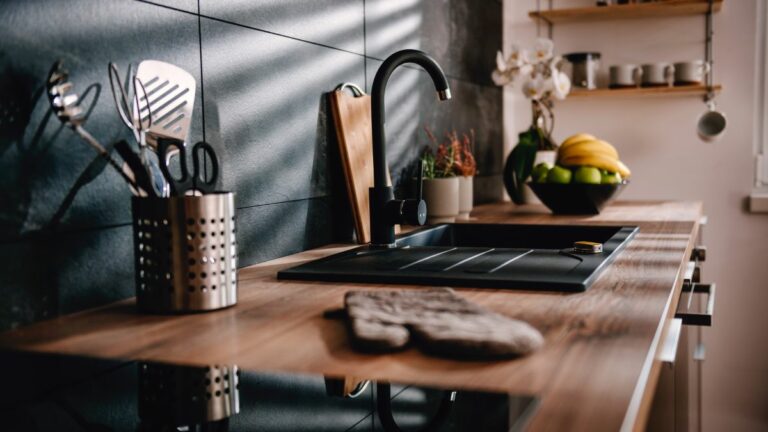How Do You Say Bathtub in Spanish?
If you’ve ever found yourself needing to talk about the bathtub while in a Spanish-speaking environment, you might have wondered: how do you say ‘bathtub’ in Spanish? Whether you’re traveling, learning the language, or simply expanding your vocabulary, understanding the correct term and its variations can be incredibly useful. This guide will take you through the most common translations, regional differences, and pronunciation tips to help you confidently speak about bathtubs in Spanish.
Direct Translation and Common Terms
The direct translation for “bathtub” in Spanish is “la bañera.” This term is universally understood across Spanish-speaking countries and refers specifically to the large container installed in a bathroom where you take a bath. Another word you’ll hear, though less formally, is “tina,” which is also commonly used to mean bathtub, particularly in colloquial contexts. But, “bañera” is the standard and more widely accepted term, especially in writing and formal speech.
So, if you want to say, “I’m going to take a bath in the bathtub,” you would say, “Voy a tomar un baño en la bañera.” Knowing this basic term sets you up perfectly for the next steps in understanding all the nuances around it.
Variations Across Spanish-Speaking Countries
Even though “bañera” is the primary term, you might encounter different words depending on the country you’re in. For example:
- In Mexico and parts of Central America, “tina” is more common and frequently used.
- In certain South American countries like Argentina and Uruguay, “tina” also shows up often, sometimes even more than “bañera.”
- In Spain, “bañera” is the dominant word, whereas “tina” might feel informal or less frequently used.
These regional variations don’t drastically change the meaning, but they’re good to keep in mind if you want to sound more natural or avoid confusion. When in doubt, “bañera” is a safe bet anywhere in the Spanish-speaking world.
Contextual Uses of Bathtub Vocabulary
Understanding when and how to use these terms is as important as knowing the words themselves. For example, if you’re describing a bathtub in a hotel or rental property, you might want to use “bañera” since it’s more formal and universally recognized.
In everyday conversation among friends or family, especially in countries where “tina” is popular, you could comfortably use that term without sounding out of place.
Also, be aware that neither “bañera” nor “tina” would typically be used to describe a hot tub or jacuzzi – those have their own terms like “jacuzzi” or “hidromasaje.” Making these subtle distinctions will help you be clearer and more precise when discussing bathing or bathroom features.
Related Bathroom Vocabulary to Know
Expanding your bathroom-related vocabulary can provide helpful context when talking about bathtubs. Here are some useful words:
- Ducha – Shower
- Grifo – Faucet or tap
- Toalla – Towel
- Jabón – Soap
- Alfombra de baño – Bath mat
For example, when describing the bathroom setup, you could say: “La bañera tiene un grifo grande y una ducha encima,” which means “The bathtub has a large faucet and a showerhead above it.” Having these related words in your toolkit will make conversations much smoother and more descriptive.
Cultural Insights Into Bathing Practices in Spanish-Speaking Countries
Bathing habits differ worldwide, and Spanish-speaking countries are no exception. In many parts of Latin America, showers are the norm due to water conservation concerns and plumbing designs, so bathtubs might be less common in homes compared to other countries like Spain or Argentina, where bathtubs are more frequently found.
Understanding this context can explain why your conversations about bathtubs may sometimes revolve around rentals or hotels rather than typical residences. Plus, cultural appreciation of bathing customs can enrich your language learning experience and make you more mindful of how words are actually used day to day.
How to Pronounce Bathtub Terms Correctly
Pronunciation is key when learning new vocabulary. Here’s a simple guide:
- Bañera: Pronounced “bah-NYEH-rah” – The “ñ” sounds like the “ny” in “canyon.”
- Tina: Pronounced “TEE-nah” with a clear, crisp “t” and a short “i.”
Practice saying sentences like “La bañera está limpia” (The bathtub is clean) aloud a few times. Listening to native speakers via language apps or videos can also fine-tune your accent and help you sound natural. Remember, pronunciation boosts your confidence and communication effectiveness.
Tips for Learning and Remembering Spanish Bathtub Vocabulary
To lock in these new words, try these learning hacks:
- Use visual aids: Associate “bañera” with images of a bathtub or even label your own bathroom items with sticky notes.
- Make flashcards: Write the Spanish word on one side and the English on the other. Quiz yourself regularly.
- Practice in context: Construct simple sentences and speak them aloud or write them in a journal.
- Immerse yourself: Watch Spanish TV shows or movies that include household scenes and note when these words come up.
- Teach someone else: Explaining new words to friends or language partners helps reinforce your memory.
By consistently engaging with the terms, you’ll find that “bañera” and “tina” become second nature in your vocabulary.
Conclusion
Now that you know how to say “bathtub” in Spanish and understand the nuances between “bañera” and “tina,” you’re well-equipped to handle any conversation involving bathroom vocabulary in Spanish-speaking environments. Remember to consider regional preferences, cultural habits, and pronunciation for the best communication experience. And as you continue learning, keep practicing these words in context, it’s the surest way to make them stick. So next time you’re booking a hotel or chatting with a local, you can confidently say, “¿La habitación tiene una bañera?” and truly impress with your Spanish skills.


